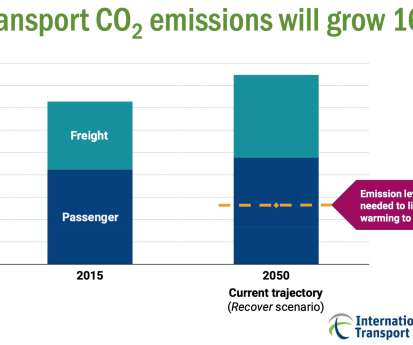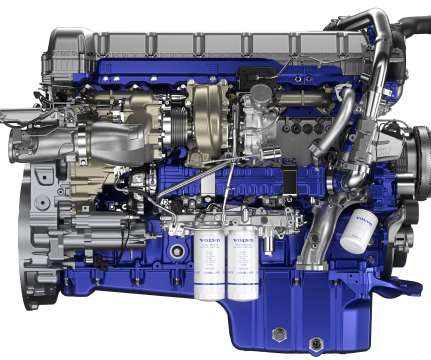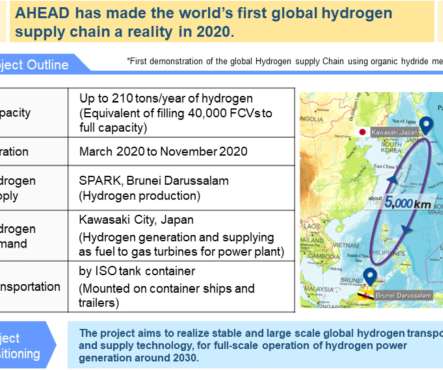ITF: worldwide transport activity to double by 2050, emissions to rise 16% compared to 2015
Green Car Congress
MAY 19, 2021
According to the ITF Transport Outlook 2021 , the biennial flagship report of the International Transport Forum, a sister organization of the OECD, global transport activity will more than double by 2050, and traffic emissions will rise by 16% compared to 2015 even if existing commitments to decarbonize transport are fully implemented.




































Let's personalize your content